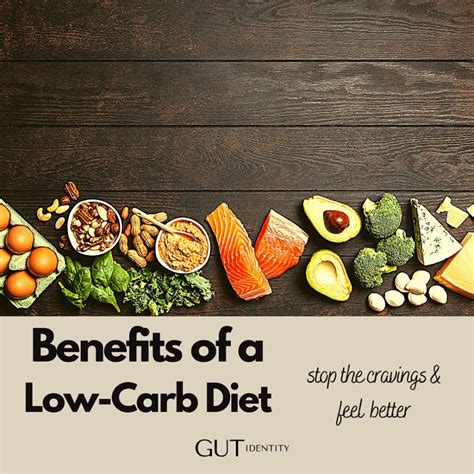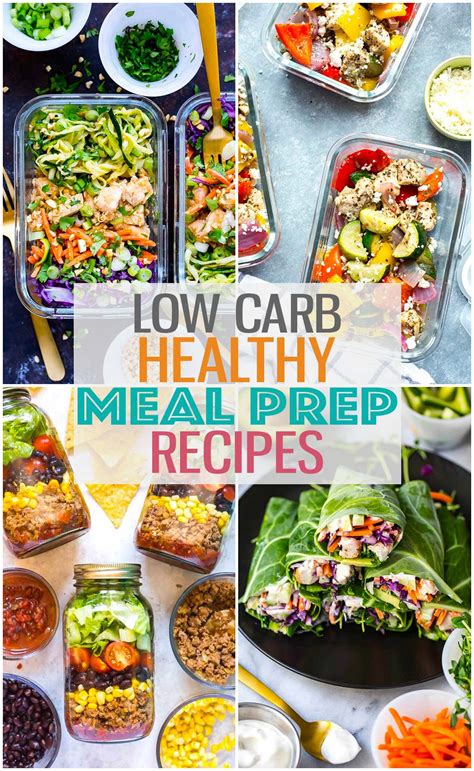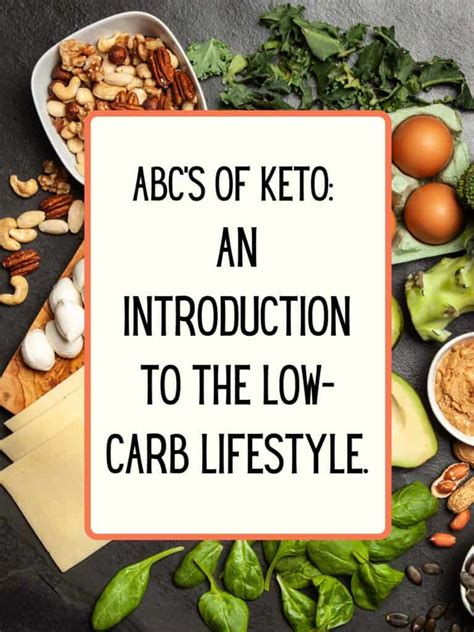Intro
Discover the ultimate low-carb diet food list, featuring keto-friendly, high-protein, and sugar-free options, including vegetables, meats, and healthy fats, to support weight loss and overall wellness.
The world of dieting can be overwhelming, with countless options and conflicting advice. However, one diet that has gained significant attention in recent years is the low-carb diet. This eating plan has been shown to be effective for weight loss, improving blood sugar control, and even reducing the risk of chronic diseases. But what exactly can you eat on a low-carb diet? In this article, we will delve into the world of low-carb dieting, exploring the benefits, mechanisms, and most importantly, providing a comprehensive food list to help you get started.
For those new to the concept, a low-carb diet involves restricting the intake of carbohydrates, which are found in a wide range of foods, including grains, sugars, and starchy vegetables. By limiting carb intake, the body is forced to shift from relying on glucose (sugar) for energy to relying on stored fat, a process known as ketosis. This metabolic state can lead to significant weight loss and improved health markers. But, to achieve and maintain ketosis, it's crucial to know which foods are low in carbs and which should be avoided.
Introduction to Low-Carb Diets

Benefits of a Low-Carb Diet

Key Principles of Low-Carb Diets
To follow a low-carb diet successfully, it's essential to understand the key principles. The first step is to drastically reduce the intake of sugary foods, bread, pasta, and starchy vegetables. It's also important to focus on whole, unprocessed foods, including meats, fish, eggs, vegetables, nuts, and seeds. Drinking plenty of water and being mindful of portion sizes are also crucial for achieving and maintaining weight loss.Low-Carb Food List

- Meat: Beef, pork, lamb, and game meats are all excellent choices. Opt for grass-fed, organic options when possible.
- Poultry: Chicken, duck, turkey, and other birds are low in carbs and high in protein.
- Fish and Seafood: Fatty fish like salmon, tuna, and mackerel are not only low in carbs but also rich in omega-3 fatty acids. Shrimp, crab, and lobster are also good choices.
- Eggs: Eggs are a versatile and nutritious food, perfect for breakfast, lunch, or dinner.
- Vegetables: Focus on leafy greens like spinach, kale, and lettuce, as well as broccoli, cauliflower, avocado, and tomatoes. Most vegetables are low in carbs but rich in fiber, vitamins, and minerals.
- Cheese: Most types of cheese are low in carbs and can be consumed in moderation. However, be mindful of portion sizes due to their high calorie content.
- Nuts and Seeds: Almonds, walnuts, chia seeds, and flax seeds are all good sources of healthy fats and protein. However, they are high in calories, so moderation is key.
- Oils: Olive oil, coconut oil, and avocado oil are excellent choices for cooking and dressing salads.
Foods to Avoid
Just as important as knowing what to eat is understanding what to avoid. Here are some high-carb foods that should be limited or avoided on a low-carb diet: - **Sugary Foods**: Candy, cakes, cookies, and sweetened beverages are high in carbs and added sugars. - **Grains**: Bread, pasta, rice, and cereals are all high in carbohydrates. - **Starchy Vegetables**: Potatoes, corn, peas, and winter squash are high in carbs and should be limited. - **Legumes**: Beans, lentils, and peanuts are high in carbs and protein but should be consumed in moderation. - **Low-Fat Dairy**: Milk, low-fat yogurt, and other low-fat dairy products are high in carbs and low in fat.Practical Tips for Low-Carb Dieting

Common Challenges and Solutions
Like any diet, a low-carb diet comes with its challenges. Here are some common issues and their solutions: - **Cravings**: Stay hydrated, and make sure you're getting enough fat and protein in your diet. Sometimes, what feels like a carb craving can be a sign of dehydration or hunger. - **Social Pressures**: Don't be afraid to communicate your dietary choices with friends and family. Bringing a low-carb dish to share can also help you stay on track while socializing. - **Nutrient Deficiencies**: Ensure you're getting enough vitamins and minerals by eating a variety of whole foods. Consider consulting with a nutritionist or healthcare provider for personalized advice.Maintaining a Low-Carb Lifestyle

Conclusion and Next Steps
Embarking on a low-carb diet is a significant step towards improving your health and achieving your weight loss goals. By understanding the benefits, key principles, and food list, you're well on your way to a healthier, happier you. Remember, it's not just about the food; it's about adopting a lifestyle that promotes overall well-being. Stay committed, and don't hesitate to seek help when you need it.What are the main benefits of a low-carb diet?
+The main benefits include weight loss, improved blood sugar control, reduced triglycerides, and increased levels of HDL (good) cholesterol, which can significantly reduce the risk of developing type 2 diabetes and heart disease.
How do I know if I'm in ketosis?
+You can use ketone test strips to check for ketones in your urine, which is a sign that your body is in ketosis. Other signs include a metallic taste, increased thirst, and a reduction in appetite.
Can I eat any fruits on a low-carb diet?
+While many fruits are high in carbs, some can be consumed in moderation on a low-carb diet. Berries, such as strawberries, blueberries, and raspberries, are good choices due to their lower carb content and high fiber levels.
We hope this comprehensive guide to low-carb dieting has provided you with the information and inspiration you need to start your journey towards a healthier lifestyle. Remember, every small step counts, and making informed choices about your diet is the first step towards achieving your goals. If you have any questions or would like to share your experiences with low-carb dieting, please don't hesitate to comment below. Your feedback and stories can help motivate and guide others who are just starting out.
